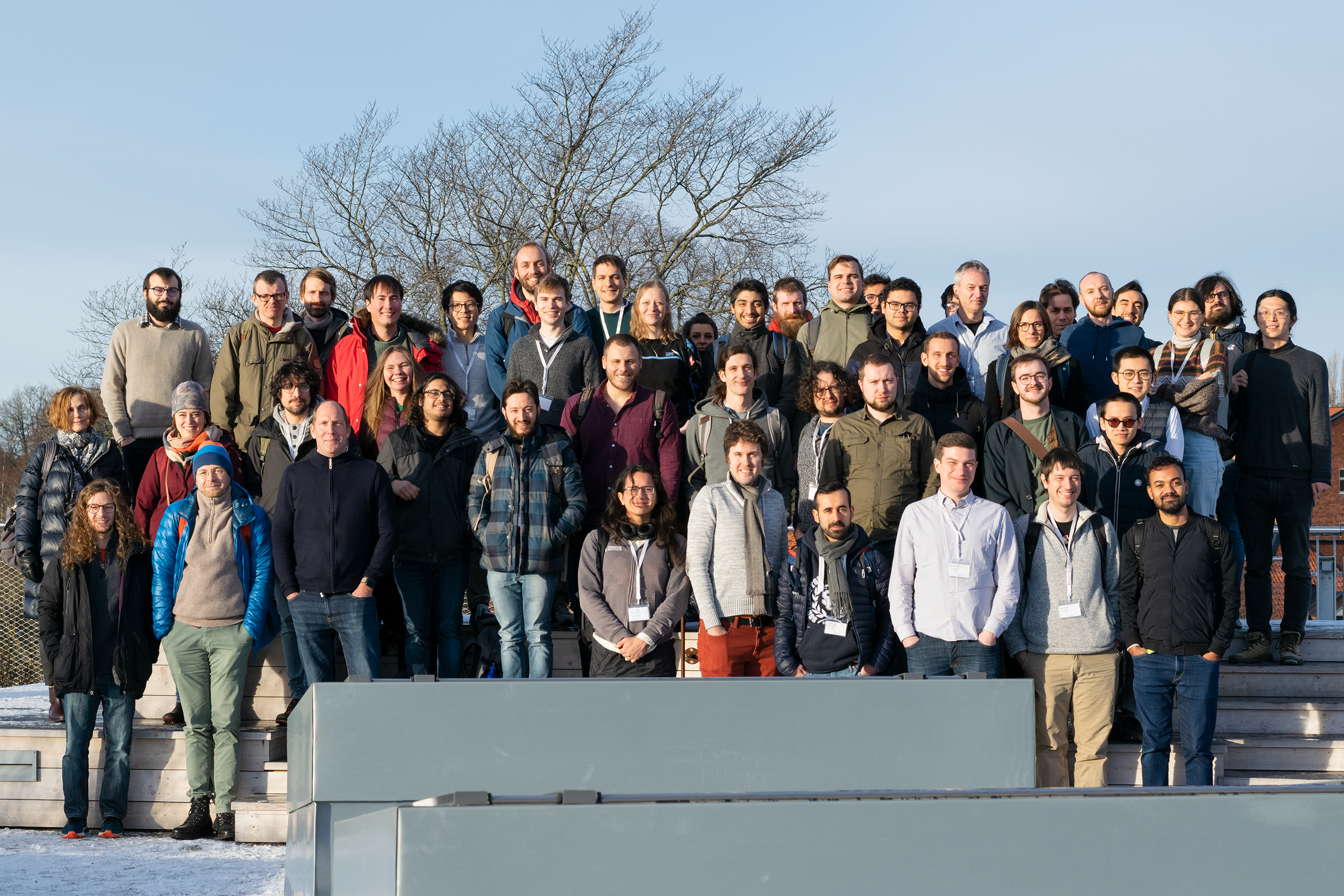30th Nordic Network Meeting on "Strings, Fields, and Branes"
room 4204
Nordita, Stockholm
Venue
Nordita, Stockholm, Sweden
General
The 30th Nordic Network Meeting on ''Strings, Fields and Branes'' will be held 22-24 November 2021 and hosted by Nordita, which is located near the AlbaNova University Center in Stockholm. The meeting will start on Monday the 22nd at 13.00 and end on Wednesday the 24th at around 13.00. The lectures and talks will be in the new Nordita building, lecture room 4204 (4th floor). The new Nordita building is located north of the AlbaNova building (towards the lake).
Program
The program will consist of lectures by invited plenary speakers, and short talks by students and young researchers who wish to contribute. The lectures include
- Fridrik Freyr Gautason (Iceland U.): From Janus interfaces to holographic conformal manifolds
- Charlotte Kristjansen (NBI): Defects & D-branes as Integrable Boundary states
- Eirik Eik Svanes (Stavanger U.) : Moduli and topological field theories: A heterotic case study
Application
For participants that wish to apply for the opportunity to give a short talk, or that need accommodation, the deadline is 1 November, 2021. Added note: the registration for in-person participation closed on 15 November, 2021. Non-registered participation is available through Zoom.
Zoom Coordinates
The meeting can be attended through Zoom via the following link.
Meeting ID: 696 2266 4454
Accommodation and Financial Support
Accommodation (for two nights) will be available free of charge for Nordic and Baltic participants that apply before the deadline 1 November, 2021. Travel expenses can unfortunately not be covered by Nordita.
Lunch and Dinner
Lunch will be provided on Tuesday and Wednesday, and a workshop dinner will be organized on Tuesday evening.
Organization
Local organizing committee: Agnese Bissi, Marco Chiodaroli, Paolo Di Vecchia, and Henrik Johansson




